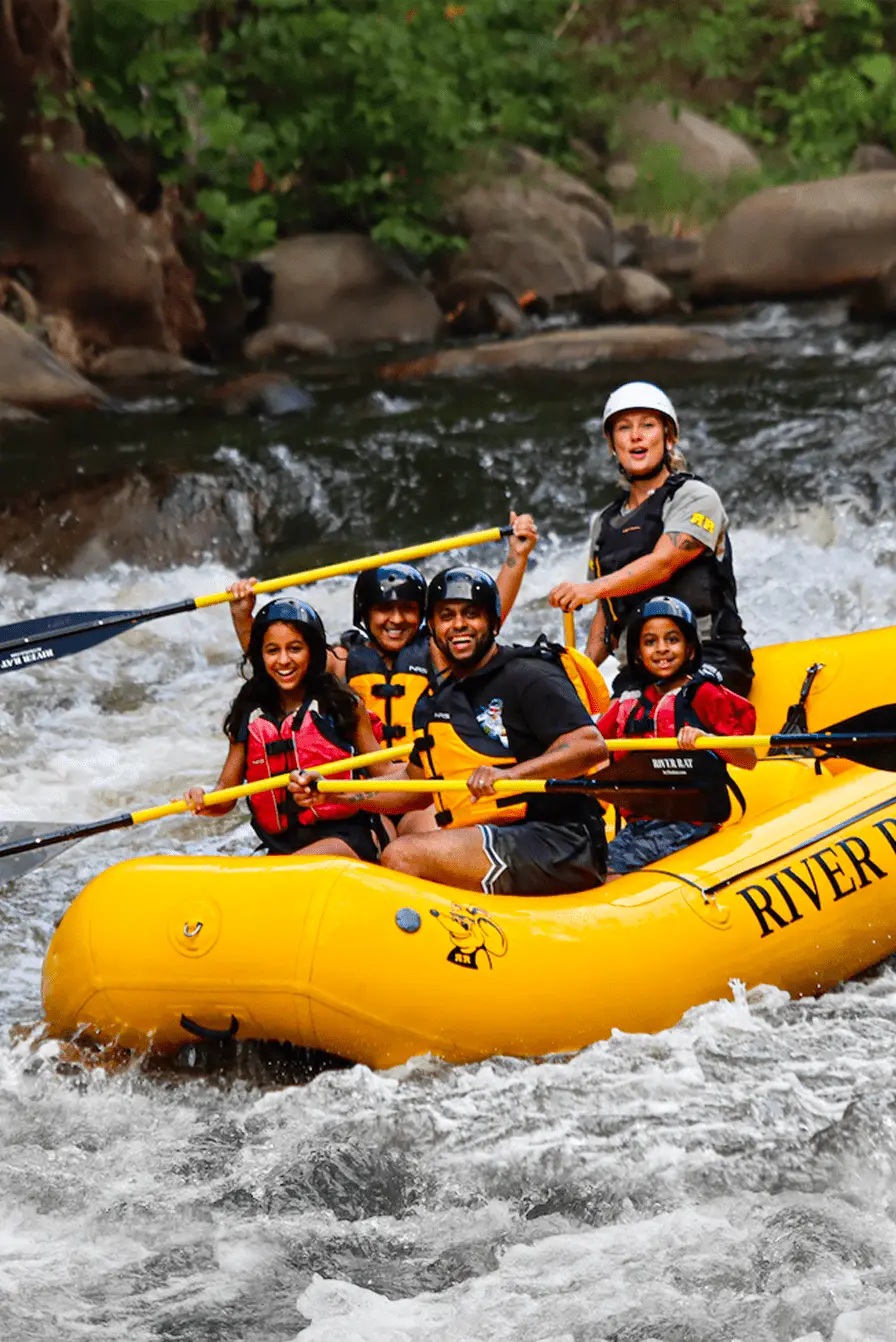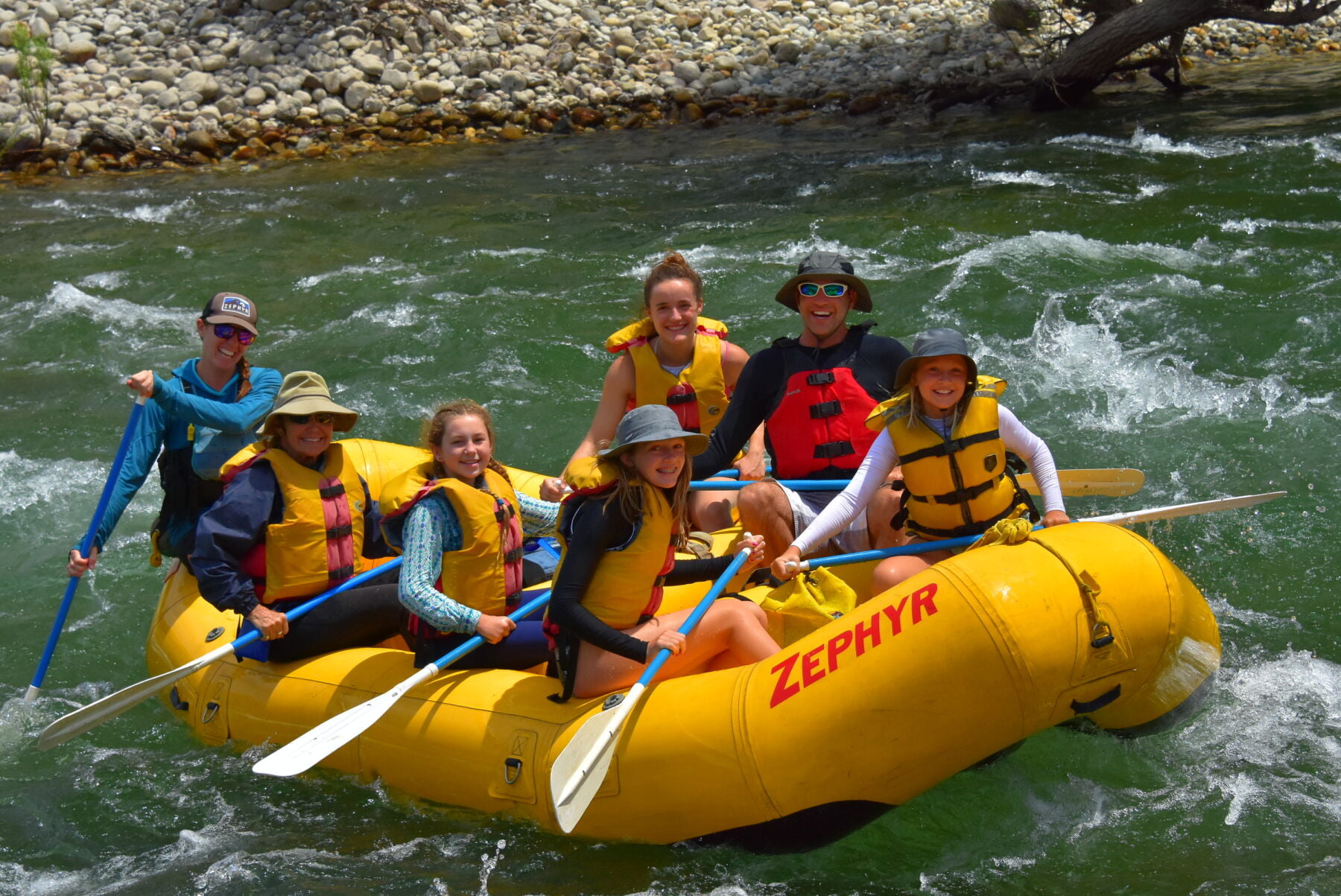The Ultimate Experience: Water Rafting Advice
Beginning on a water rafting journey is an awesome experience that requires a mix of ability, prep work, and respect for nature's formidable forces. As the rush of the river drives you onward, browsing with spins and transforms, the art of water rafting unveils itself as a test of both physical prowess and psychological acuity.
Crucial Equipment for Water Rafting
To make sure safety and security and comfort throughout water rafting tours, it is vital to gear up oneself with the crucial equipment customized to this adventurous activity. In addition, a tough safety helmet is crucial to protect versus head injuries, specifically in rough waters or if tossed off the plethora.
Moreover, proper shoes is crucial for keeping excellent grip and protecting the feet from sharp rocks or slippery surface areas. Neoprene booties or water footwear are advised for this purpose. It is also suggested to use quick-drying garments, such as a wetsuit or breakout guard, to control body temperature and stop hypothermia in cold water problems.
Last but not least, a reputable paddle is required for steering via the water properly. It must be lightweight yet resilient to withstand the rigors of rafting. By buying these essential items of gear, rafters can appreciate their experience on the water with self-confidence and tranquility of mind.
Selecting the Right Rafting Path
When planning a water rafting experience, choosing the proper rafting path is essential for a risk-free and enjoyable experience. Variables such as the level of difficulty, water problems, and the size of the path ought to all be thought about before starting your trip.
Primarily, evaluate your team's ability level and experience. Different rafting paths are classified based on problem degrees varying from Class I (very easy) to Course VI (dangerous and exceptionally difficult) It is essential to pick a path that lines up with the capacities of all participants to make certain everyone's safety and pleasure.
In addition, consider the water conditions of the route. Some courses may have tranquil waters ideal for newbies, while others may have strong currents and tough rapids that need advanced abilities. Looking into the water degrees and possible risks of the path ahead of time can help you make an informed decision.
Lastly, take into consideration the length of the rafting path. Longer courses might call for even more time and endurance, so choose a route that fits within your group's duration and physical abilities. By thoroughly selecting the ideal rafting route, you can establish yourself up for a thrilling and memorable experience on the water.
Security Precautions on the Water
Thinking about the relevance of selecting the best rafting path for a enjoyable and safe experience, it is vital to focus on safety and security preventative measures on the water to mitigate prospective dangers and ensure an effective experience. Before look here beginning on a water rafting trip, make sure all participants use appropriately fitting personal flotation devices (PFDs) and helmets to secure against mishaps. By adhering to these safety precautions, you can boost the total experience and decrease possible dangers while water rafting.
Grasping Paddling Techniques
Developing proficiency in paddling strategies is crucial for browsing with varying basics water problems and making certain a successful water rafting experience. White Water Rafting Colorado. Correct paddling not just assists in guiding the boating successfully however also adds to the general sychronisation and teamwork needed for a risk-free and pleasurable journey
This stroke involves dipping the paddle blade fully right into the water and pulling it back along with the raft, supplying propulsion and steering. By grasping the forward and backward strokes, rafters can efficiently regulate the speed and direction of the plethora.

Tips for Handling Rapids Like a Pro
To excel in navigating challenging river conditions, skilled water rafters use their understood paddling strategies with this content accuracy and finesse when handling rapids like experienced experts. This rhythm assists the boating preserve its program and stability amidst the rough waters.

Conclusion
In verdict, water rafting needs essential equipment, careful course selection, safety and security precautions, understanding paddling methods, and handling rapids with experience. By complying with these tips and techniques, travelers can make sure a effective and pleasurable rafting experience on the water.

Considering the value of choosing the appropriate rafting path for a delightful and safe experience, it is important to prioritize safety and security precautions on the water to alleviate potential risks and make sure a successful experience. Eventually, sharpening paddling techniques is key to a successful and awesome water rafting adventure.
In conclusion, water rafting requires important equipment, careful path selection, safety and security preventative measures, grasping paddling strategies, and dealing with rapids with knowledge.